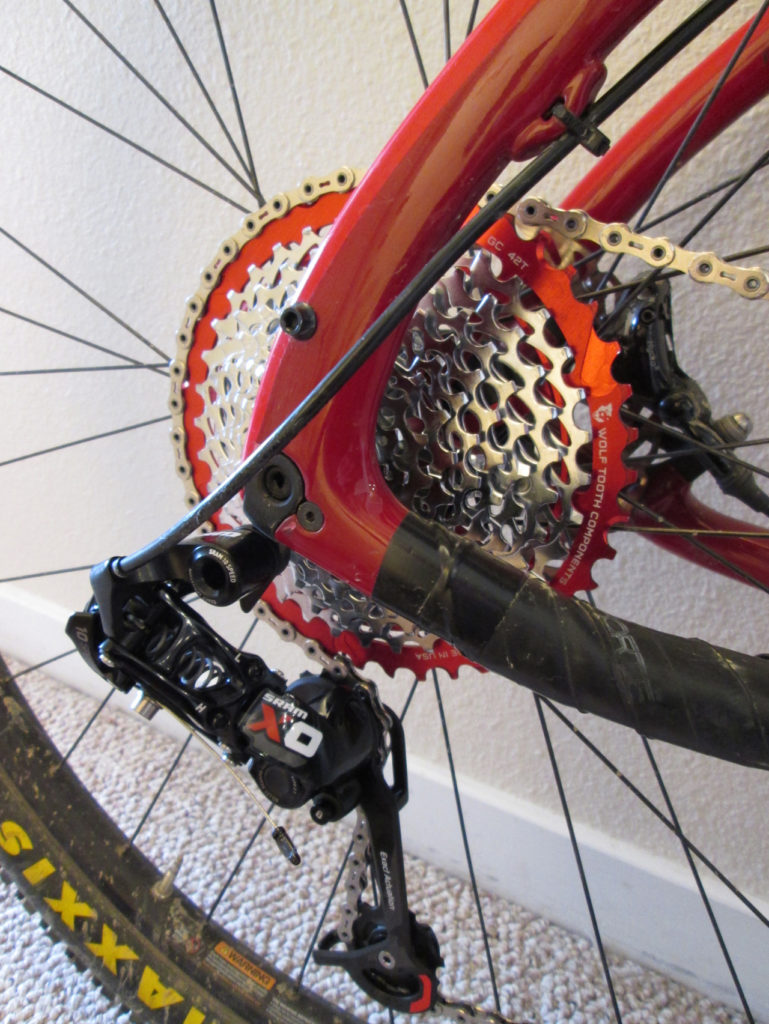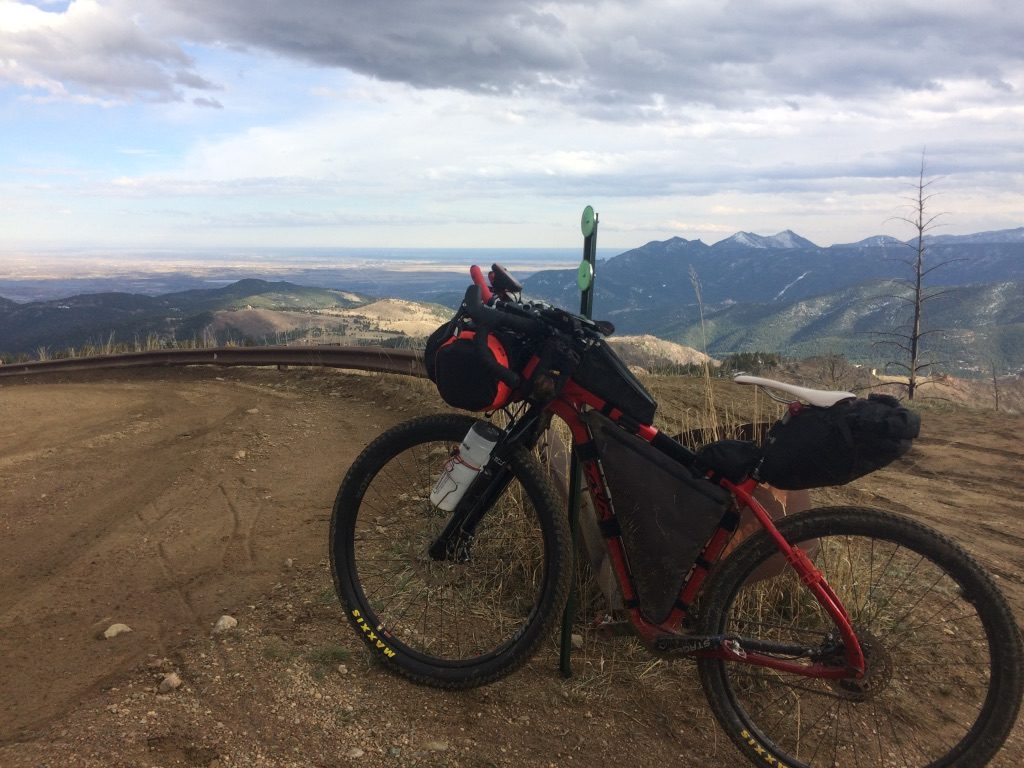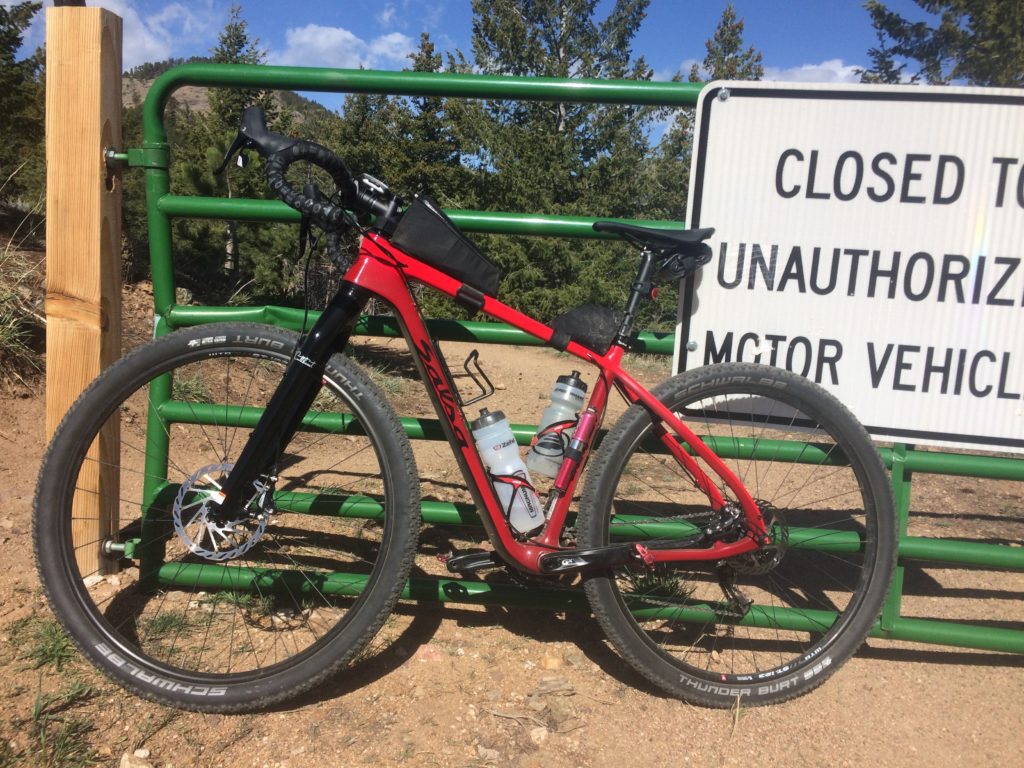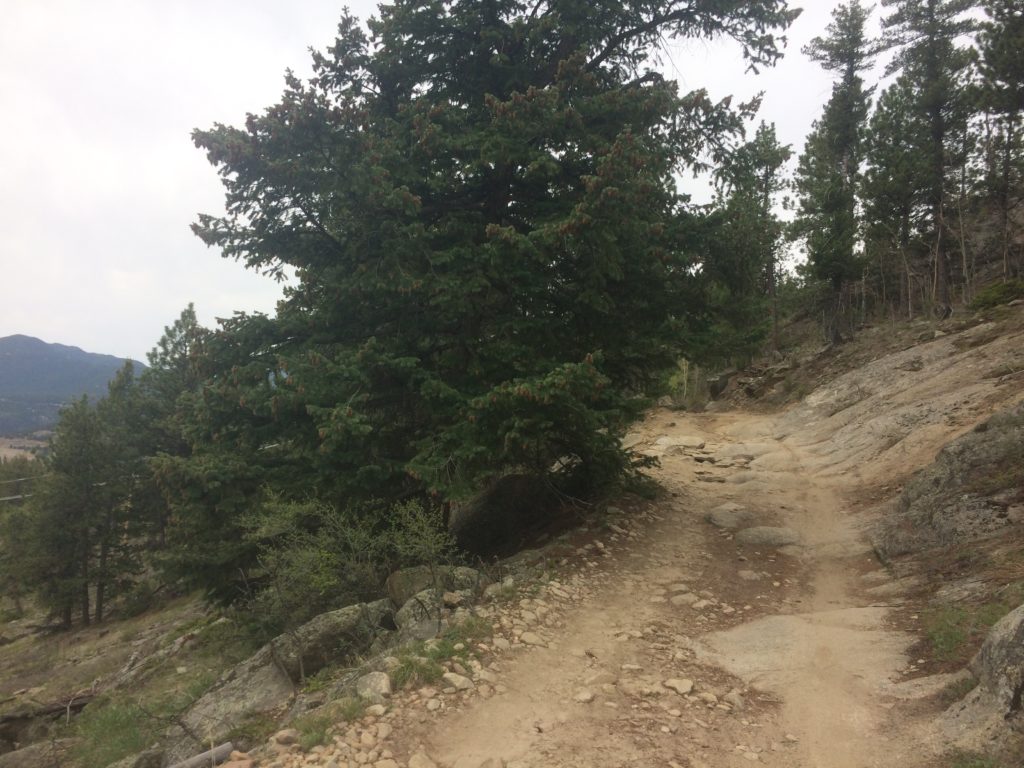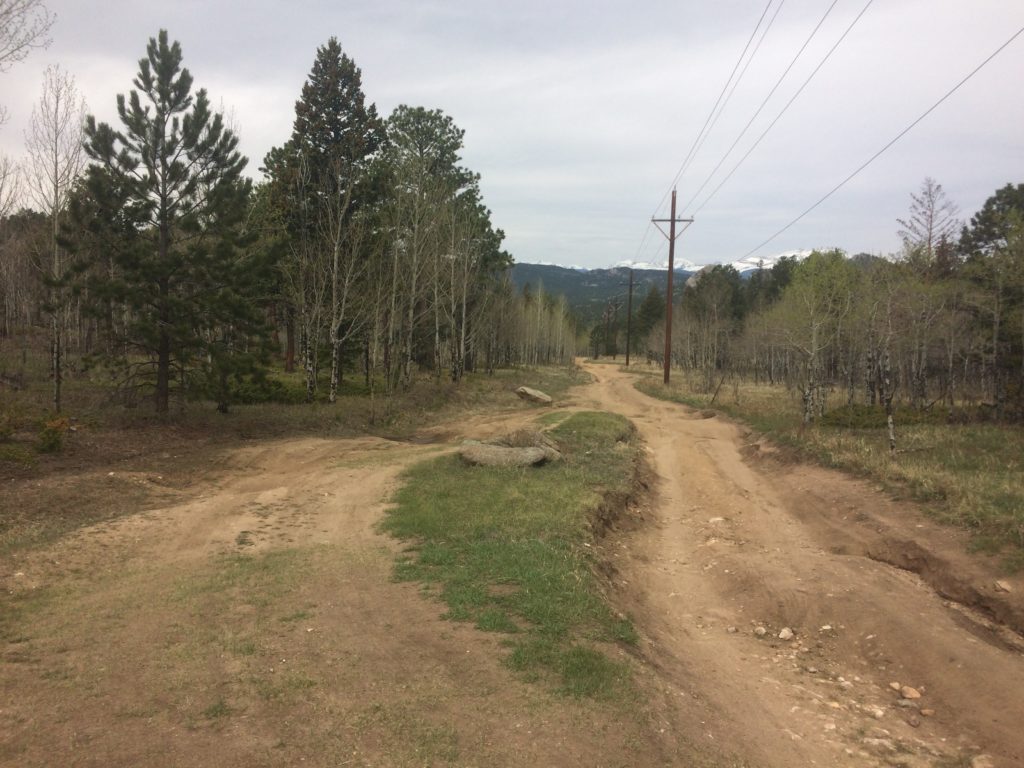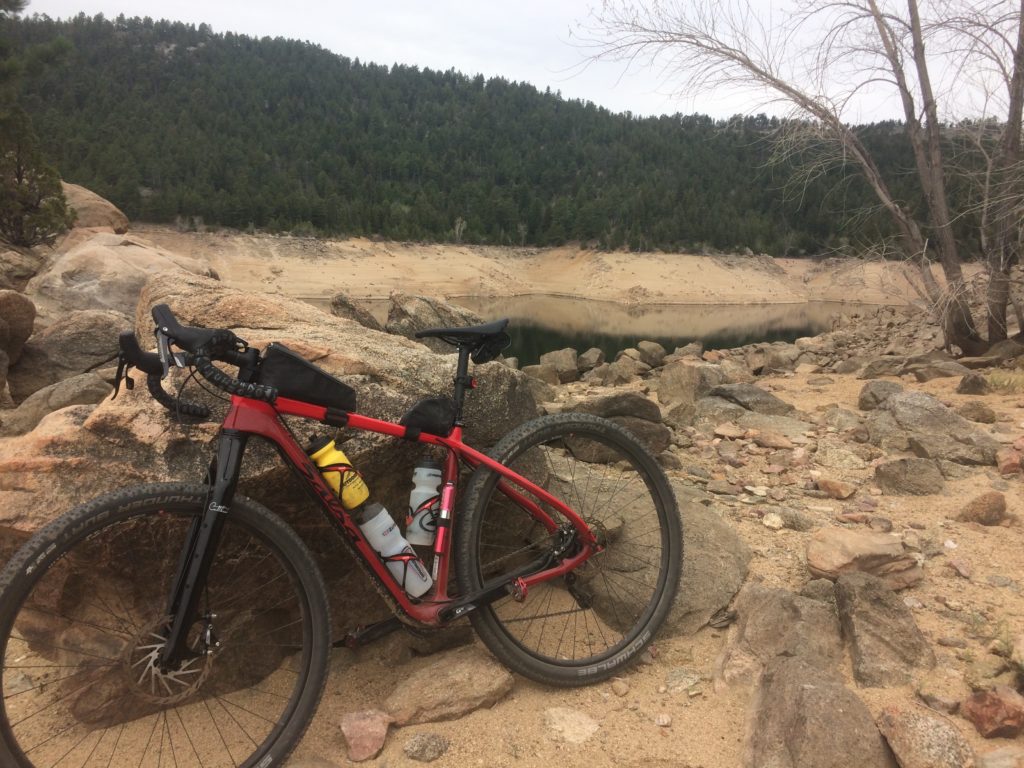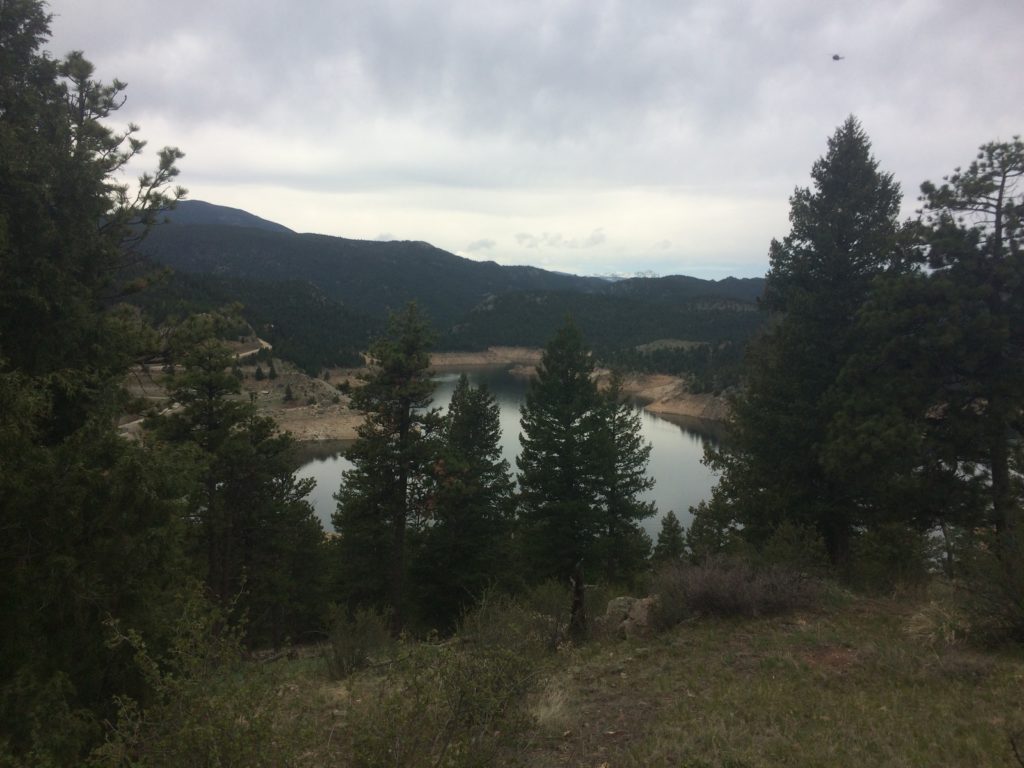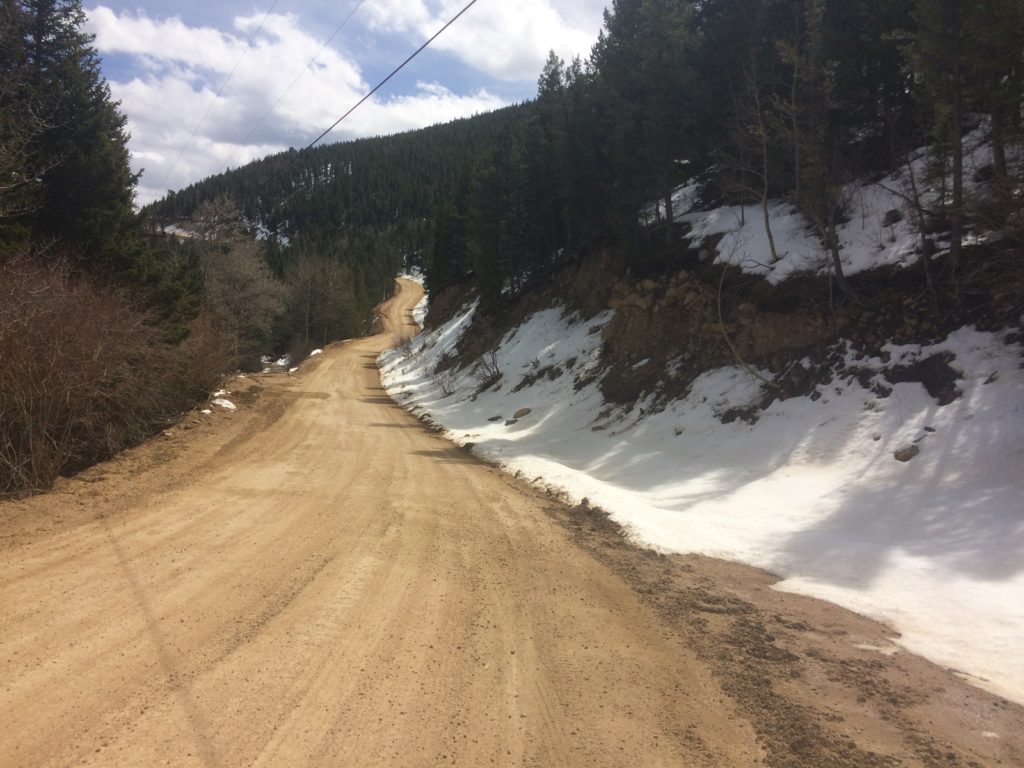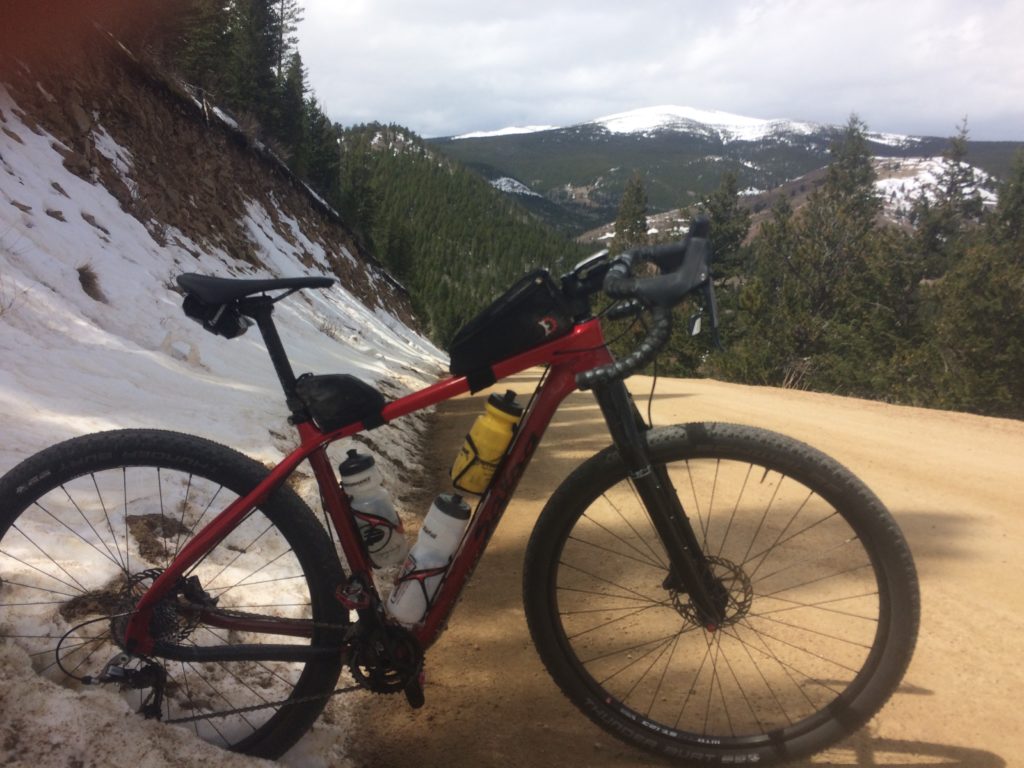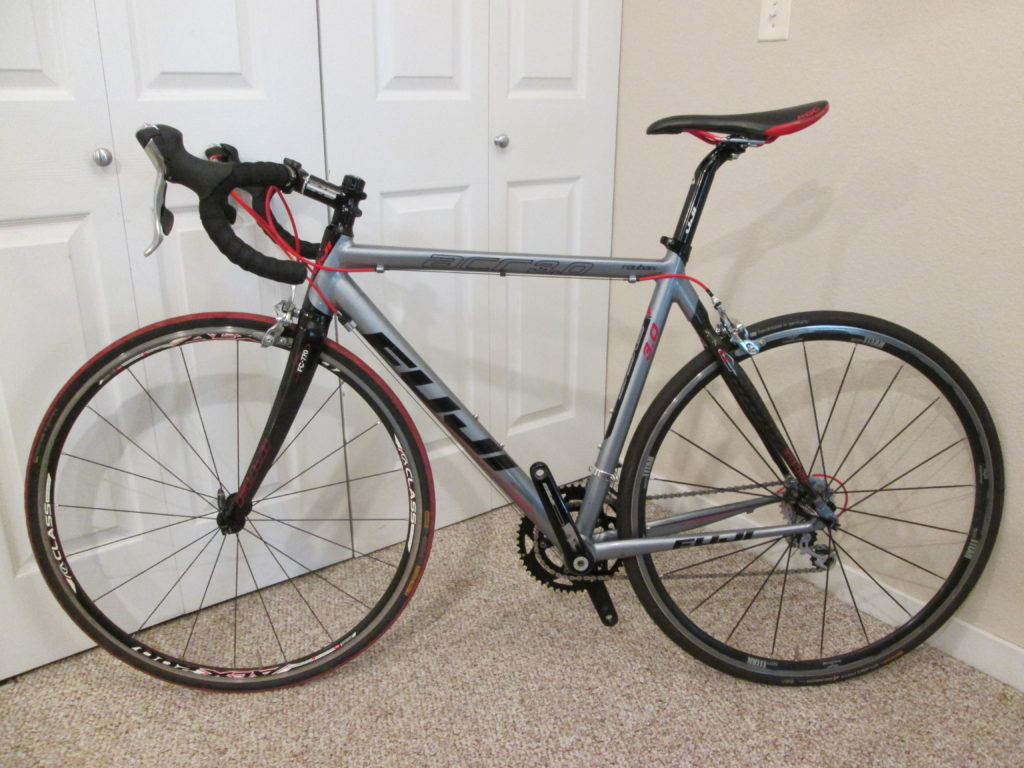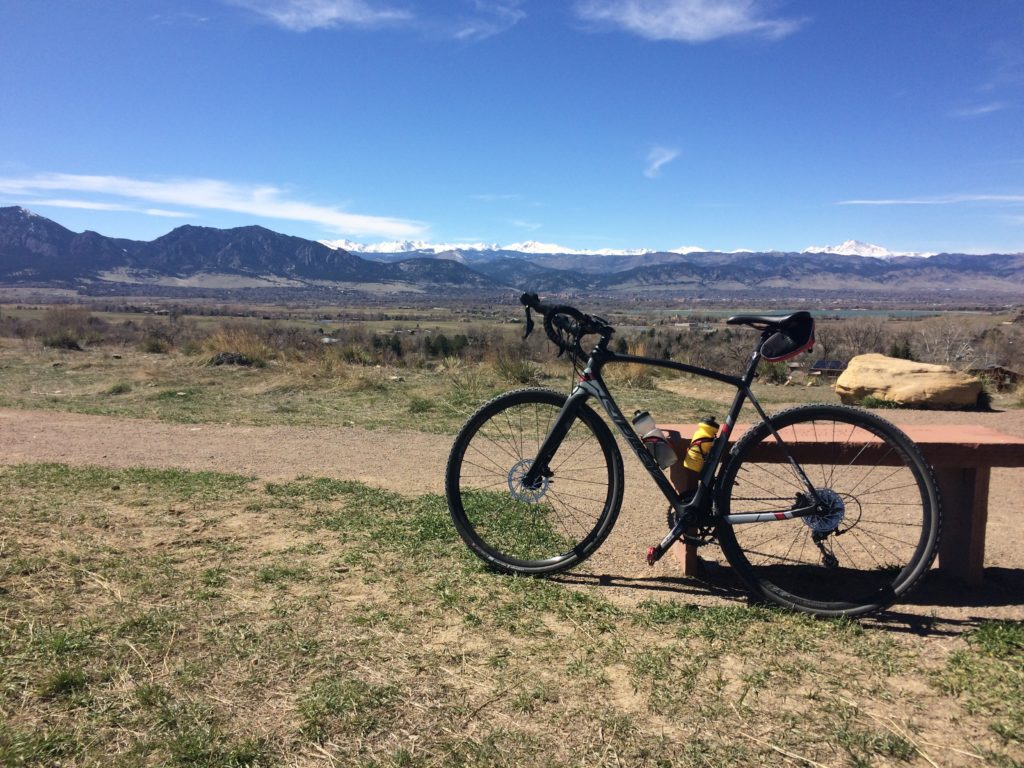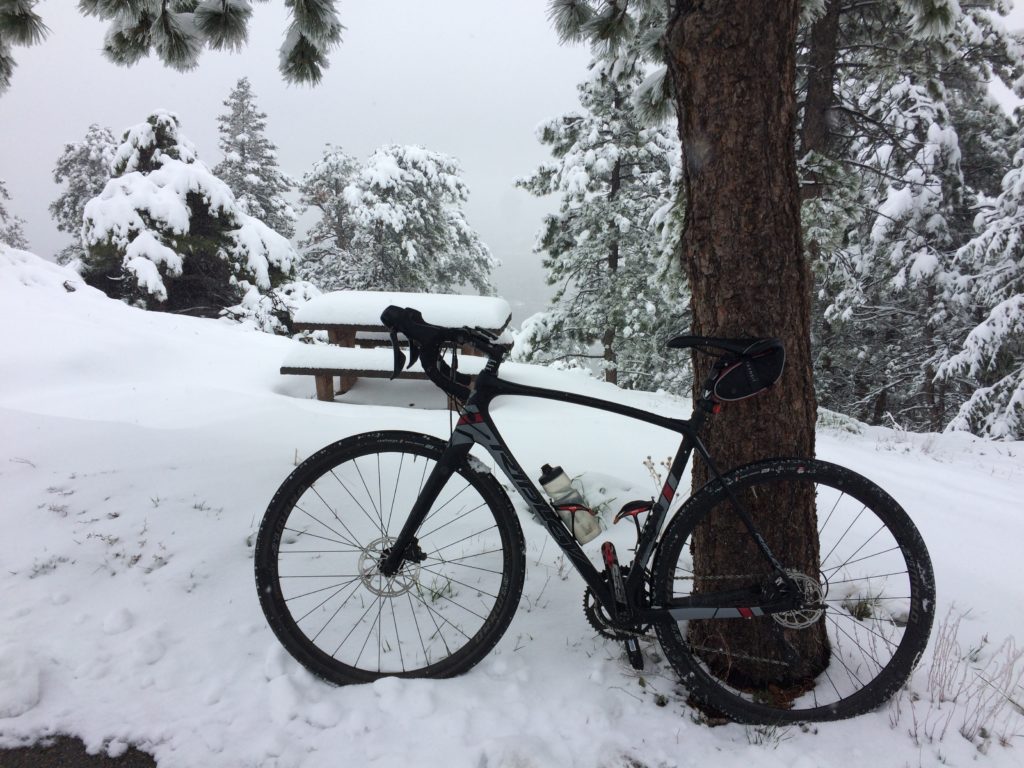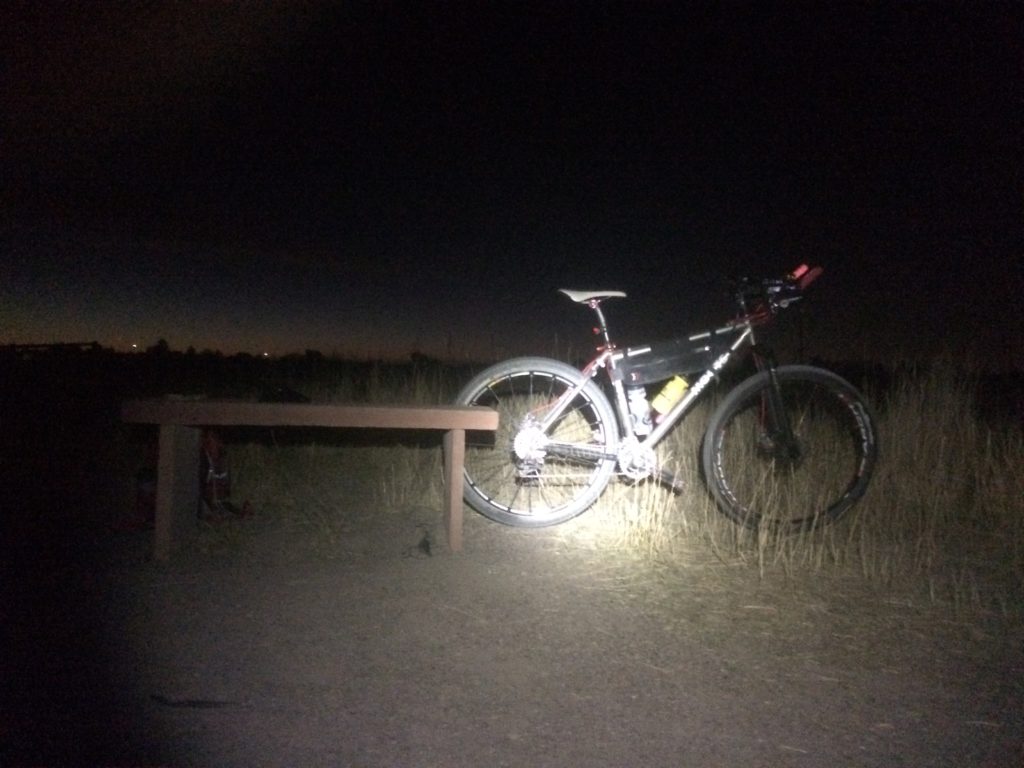Tour Divide bikes are typically set up to be fast and light – capacity to carry enough food and water until the next resupply with little room to spare. Very few luxuries are packed. If you’re not eating or riding, you’re probably sleeping.
When I decided to tour part of the GDMBR instead of race it, a number of variables changed. I had intended to average 120 miles/day when racing. Now I think I can do 75-100 miles/day depending on terrain and services and still stop to take more pictures, enjoy more sit-down meals, set up camp earlier in the evening, and enjoy cooked campsite breakfasts/dinners. And since I no longer need to make mileage at all costs, I can afford to pack a few more luxuries (within reason).
Now that I’m touring part of the route, these are the luxuries I’ve added:
- Cook set: stove + pot + mug + fuel bottle
- Zip-off camp pants + a spare shirt
- Boonie hat (possibly)
A few very simple things that I think will hugely increase my enjoyment on the trip. I’ll be able to start the day with hot oatmeal and tea or coffee and cook a dinner while watching the sun set. With some spare clothes, I’ll have something to change into that isn’t nasty riding bibs/jersey. Plus, on rest days, I’d rather walk around in less-nasty clothes.
These additions come at a cost, though: weight and volume. Honestly, the weight isn’t a huge concern for me. Back in 2010 I carried denim jeans, a pair of keen shoes, a spare poncho, a full 1 person tent, 20 oz fuel bottle, a solar charger, and the “Cycling the Great Divide” guide book. Additionally, since then I’ve replace many of the other items (water filter, multi-tool, tire pump, sleeping bag, tent) with smaller, lighter alternates. With unseasoned legs and all that extra weight, I still managed to complete the entire Great Divide, albeit walking much of the time. Adding 2-3 pounds of luxury items (a cook set + pair of pants) to a relatively minimal setup isn’t going to make or break my trip. I don’t know what my old rig weighed with gear, but I’m guessing my current setup, even with the two new additions, weights 10-15 lbs less.
Volume is the killer, though, with my racier bikepacking setup. In 2010, I had four panniers, a backpack, and the tops of the racks to strap stuff onto. I remember riding into the Great Divide basin from Rawlins with 10 liters of water in addition to 2-3 days of food and normal day-to-day equipment.
Now I’m limited to a handlebar roll + bag, feed bags, fork and under-downtube bottle cages, frame bag, top tube bags, and a seat bag. The clothes and especially the cook set use a decent amount of volume in my seat bag that would otherwise be used for food storage. The additional catch-22 is that I’ll ride through resupply points less frequently, so I need to carry more food, and I’ll need more food/water to fuel carrying the extra weight.
How To Increase Storage Capacity?
The easiest solution is to carry a backpack. There are some major downsides, though: extra sweating from less jersey ventilation, increased weight on the saddle and hands, and I haven’t worn a backpack while riding for many years. I wanted to avoid this option if possible.
Adding storage volume without a backpack takes some creativity. I purchased a pair of bike feed bags and rigged them up so they could hang off the sides of the seat bag. It looks super dorky but they can hold a decent many thousands of food calories. In addition, I can pack a micro stow-able backpack – the kind that packs down to the size of two golf balls and weighs 3 ounces – to expand storage capacity only when it is necessary.
The downside to it is that food is heavy, and having that weight high up, off-center, and not entirely wobble-free made the bike feel very heavy while riding. I tried it on some test rides, but I couldn’t feel confident that this system would last the duration of my trip.
So – what about a backpack then? I have an old Osprey Syncro 15 that I used on the Colorado Trail that is ready for service. It’s simple, adds a LOT (15 liters) of storage capacity, and easily handles odd-shaped things like a stack of tortillas. Loading a backpack is much less of a game of Tetris than loading a seat bag. And unlike in 2010, I’m smart enough now to know to use the backpack for lightweight, bulky items: like spare clothes, rain items, and food that I’m about to eat. NEVER EVERY would I carry water on my back on the Great Divide.
I’ve chosen to go with the backpack. 95% of the time it’ll carry only my spare clothes. The flexibility it affords also reduces my packing anxiety. If it starts raining, I can quickly throw anything into the backpack and it’s protected. At night, I can throw spare miscellaneous items in it and everything is together and waterproof – simpler than fitting everything back the various frame bags.
We’ll see if I regret the extra weight on my pressure points, but it is comforting to know I have more volume available for food/water and less packing Tetris to deal with.
